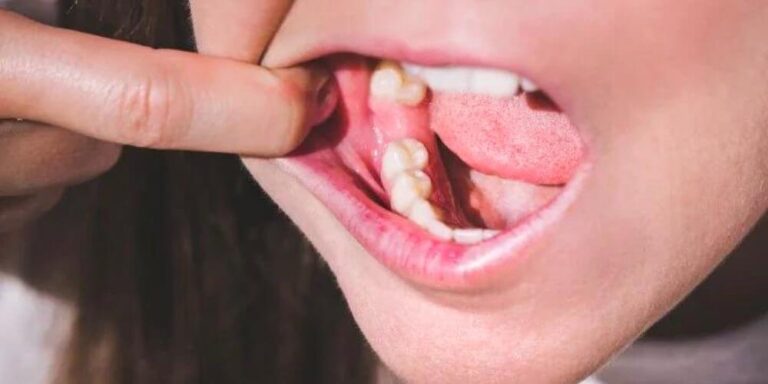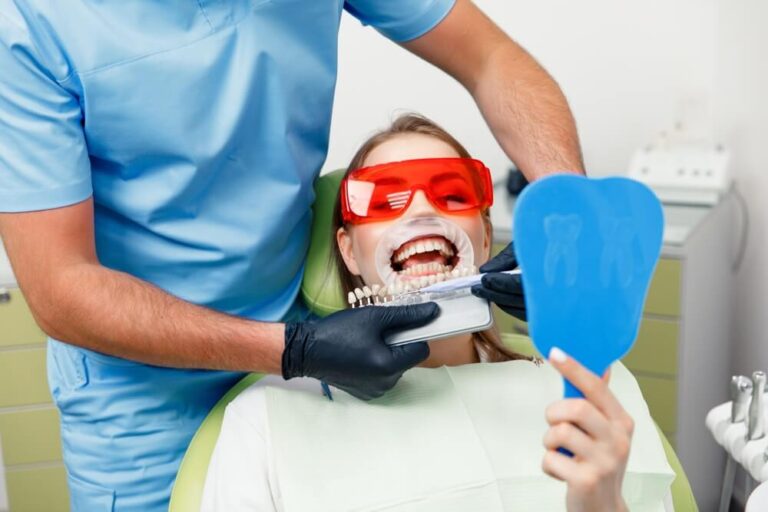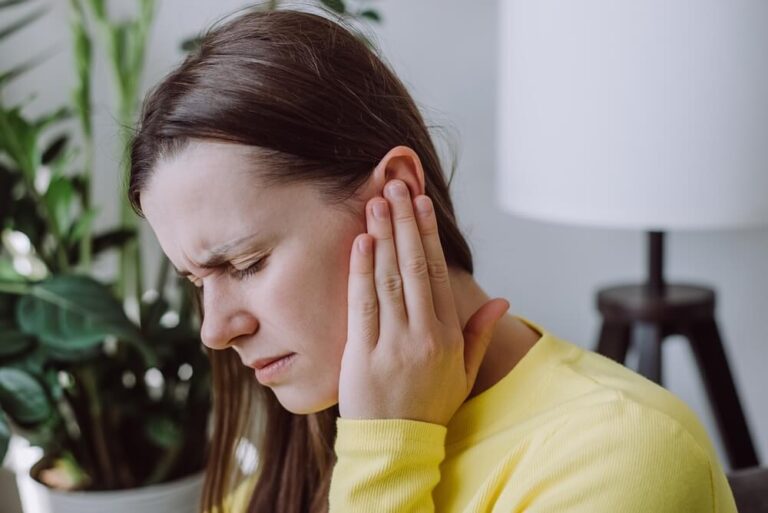Are the whitening strips bad for your teeth? According to research presented at the American Society for Biochemistry and Molecular Biology’s annual conference, hydrogen peroxide and ingredients present in the over-the-counter whitening strips may be damaging one of the layers of your teeth. Teeth have three layers, a thin outer layer called enamel, an underlying layer called dentin, and a connective tissue that binds the teeth’s roots to the gum. In this article you have learned about are whitening strips are bad for your teeth, their steps, and things that are harmful for these procedures. You also need to know about the teeth gums or gums infections.
Most of our teeth are made of dentin, which contains high levels of collagen protein. Researchers placed whitening strips on extracted human teeth coated with artificial saliva for about an hour or as instructed in the whitening product description.
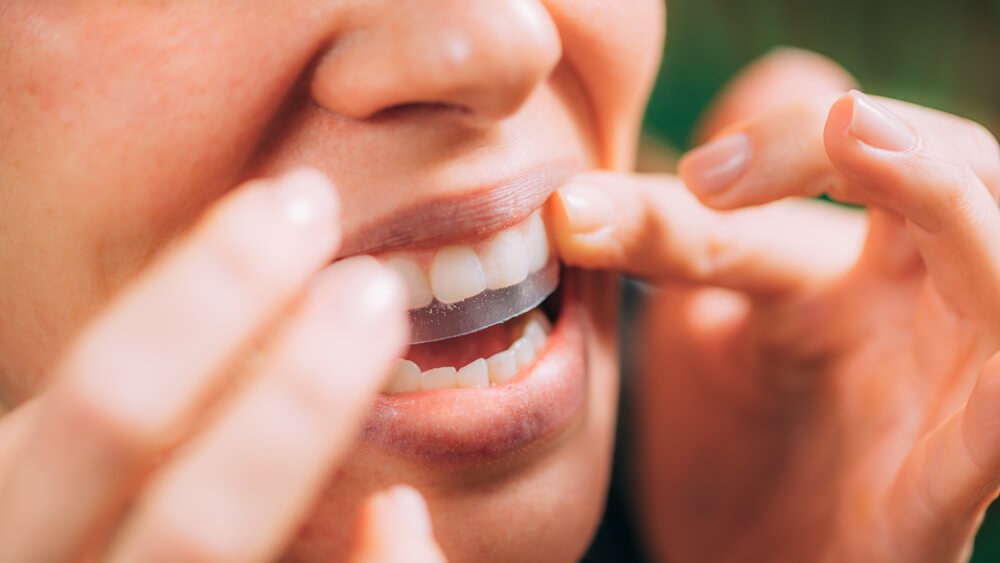
After the strips were removed, the teeth were washed for an hour and examined. Results show that hydrogen peroxide and whitening strips can penetrate the enamel and break down the collagen protein present in dentin. here to talk about teeth whitening and whether or not it is ruining your enamel.
Types of Safe Teeth Whitening
First of all, it’s important to note that there are three different types of teeth whitening that are considered safe and effective, mostly due to the ADAC of acceptance. When a dental product is ADAPTED, it means that the American Dental Association has tested it for safety and efficacy, so whenever you’re looking for one, white strip make sure they are ADA approved.
Since they are often bought over the counter another option too is custom trays. Those are made at your dental office and your dentist will send you home with both your trays and the whitening gel to put inside of them. Those are safe if used correctly, and lastly. There’s in-off whitening, which is also safe again as long as it’s administered by a professional and in the correct manner.
Risks of Overusing Whitening Products
So, yes teeth whitening can be safe and it won’t damage your enamel if you’re using legitimate whitening products and those products are being used correctly., you’re following the instructions, reading the directions before you use them, making sure you don’t wear them for longer than intended things, so whitening is always safe,
ADA Approved Whitening Products
No, so whitening is only safe if you’re using reputable products like we just talked about the ADA-approved and from your dental office, big trays, and the in-off procedures. But whitening can be dangerous if used incorrectly or overused. So too much of anything can be damaging right and that holds true for teeth whitening.
Dangers of DIY Teeth Whitening Methods
Not all whitening products are legitimate, especially if you are trying any DIY whitening methods. Those are the most dangerous because they are not regulated and have not been tested. There’s no research on DIY stuff, so our best advice is to always stay away from the TikTok trends. Don’t apply bananas or strawberries or any foods to your teeth, thinking they will get them white, stop using the purple toothpaste. It’s just a trend. There’s no research showing these things are effective, and even if we do end up finding that some of this stuff does work, we still won’t know for a while whether or not it’s safe.
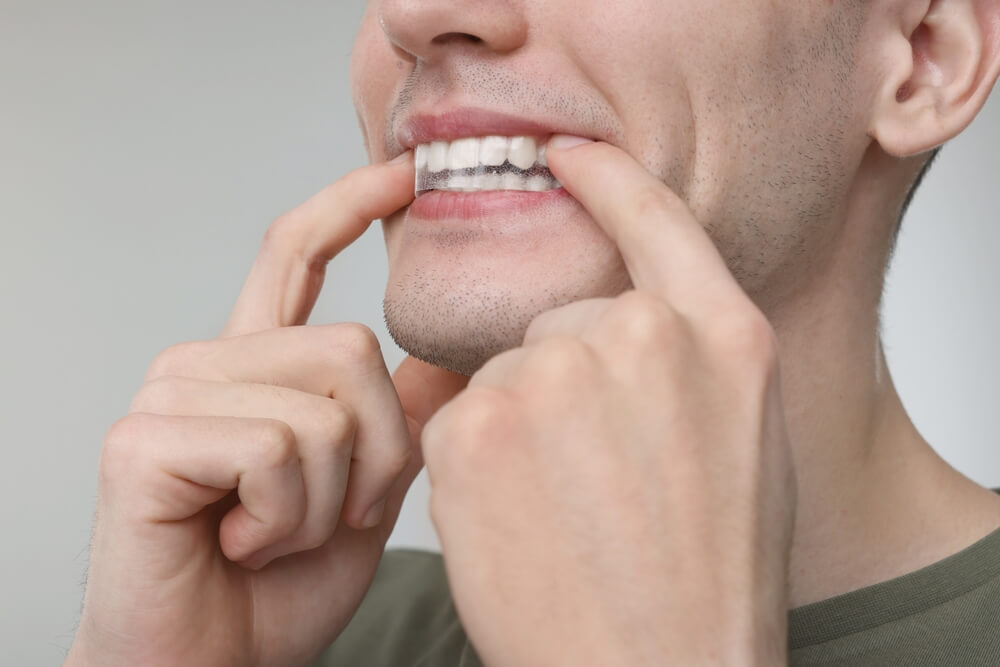
Misuses Teeth Whitening Trends
You know what we say to be safe. If you want to whiten your teeth, be sure to use one of the ADAPTED white strips or the custom trays, or go to your dentist to get them professionally whitened. If you’d like to learn about stains on your teeth or how to remove them.
Is Baking Soda Safe for Teeth Whitening?
It’s considered DIY, so it’s unsafe. But some whitening toothpastes say they have baking soda in them. So, DIY baking soda making your toothpaste from the baking soda container is not recommended.
But just know that whitening toothpaste again even if it’s ADA-approved is generally fine. However, same as the whitening product, you never want to overdo it. You always need to make sure you read the directions and use as instructed some whitening toothpaste is actually in the bottle. If you read it, they say to use it once a week and to use regular toothpaste all the other times, just saying you gotta read it, interesting.
Who Should Avoid Teeth Whitening?
Is there anyone like a certain age or a certain type of person that should not be whitening? Even with the safe stuff. Teeth whitening is never recommended for anyone with active gum disease untreated tooth decay cavities that need filling hypersensitive teeth. If you have sensitive teeth, whitening products are only going to make them more sensitive and or excessive erosion or gum recession.
If your enamel is thin or you have areas of gum recession, it’s important to consult with your dentist about how to whiten safely for your situation. In most cases, whitening is not recommended for children because as their teeth are developing the nerves are still quite large and hypersensitive with sensitive teeth, whitening will only make them more sensitive. But for teeth that are still developing, it can create extremely unnecessary hypersensitivity. However, if your teen is super self-conscious about their true color, whatever the reason is, always ask your dentist.
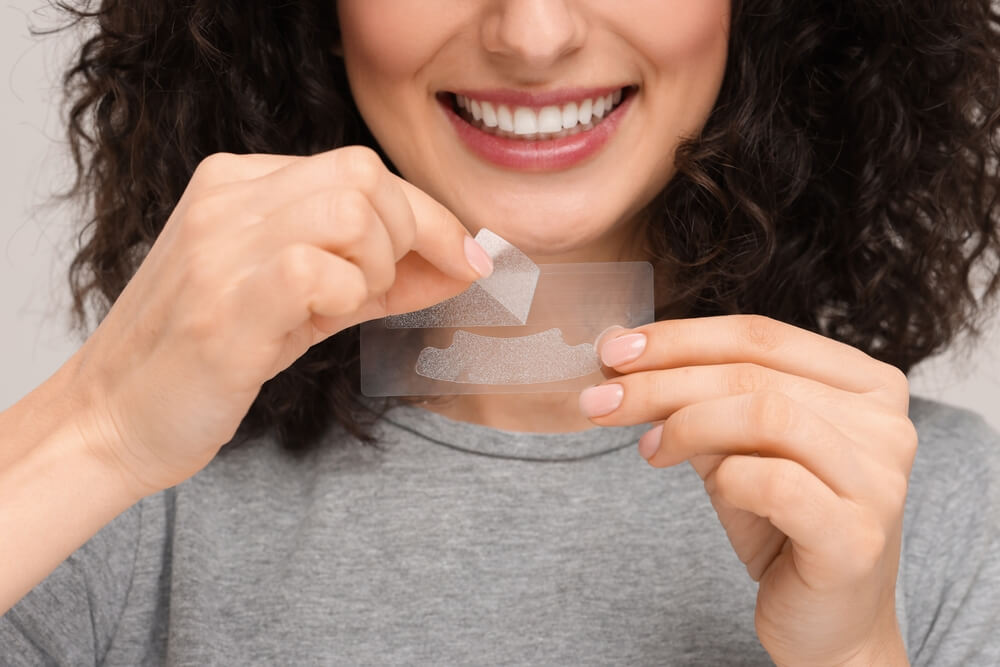
If there are any appropriate options for their specific needs. We are not saying that list will never qualify for teeth weighting. We are just saying that things like infections, active gum disease, or tooth decay will need to be treated before you can safely whiten your teeth.
How Often Should You Whiten Your Teeth?
Whiten your teeth with ADAAP-approved strips, custom trays from your dental office, and in-off professional whitening. However, be sure to never overdo it. Don’t want your teeth daily for months and months.
Be sure to read the directions and know that most of the time if you really want to touch up your whitening, you could do it every six months. We always ask your dentist though to confirm they agree with that generalized number every six months. Everyone’s mouth is different but no matter what’s going on with their teeth, you shouldn’t be whitening every single month. That’s not good.
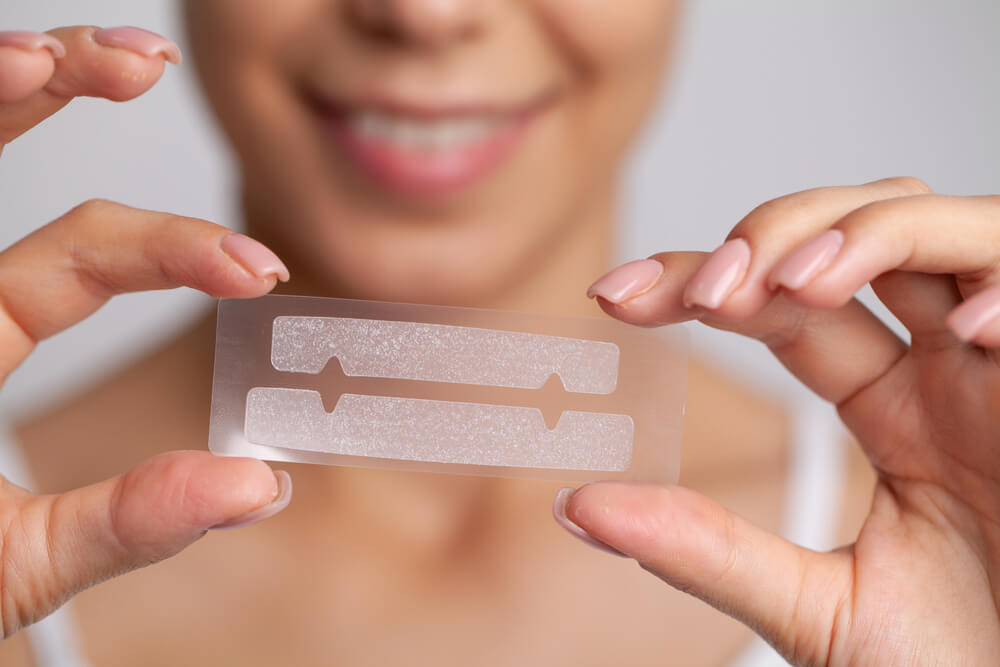
How to use whitening strips
Some quick tips on how to use whitening strips.
Step one
Don’t brush with fluoride two floss right before using the strips. The fluoride will stick to your teeth and prevent the hydrogen peroxide from working. If you want to brush your teeth, use fluoride-free toothpaste, or don’t use any to space at all, but make sure to floss your teeth before putting on the strips.
Step Two
Step two is to dry your teeth as much as possible, so the strips won’t end up sliding all over the place. Two minutes after you put them on, you can use a clean washcloth to gently dry your teeth, or you can breathe in through your teeth a couple of times to dry them out.
Step Three
Step three is to put on the strips. When you open the packet there you go, you get two strips, the longer one is for your upper teeth, and the shorter one is for your lower teeth. When you’re putting them on, try to avoid your gums as much as possible, and whatever is hanging off your teeth just gently push them under. Like so and do the same thing for your lower teeth.
Then gently push it out there we go once you have the strips on, keep them on your teeth for as long as the directions recommend, and try not to speak so much during that time, so your saliva won’t end up loosening the strips.
Step Four
This step is to remove the strips and brush your teeth, so you get rid of all the goofy stuff that is left on your teeth. I recommend using a sensitive space like Senor preventative, and that’s it.
Conclusion: Consult Your Dentist for Safe Whitening
Moderation is key again. If you have individual concerns, you know it. Consult with your dentist and dental hygienist, they will help you. I hope this article helped you, you can visit our blog section. I hope this article was helpful to you. Make sure to like and comment below.


